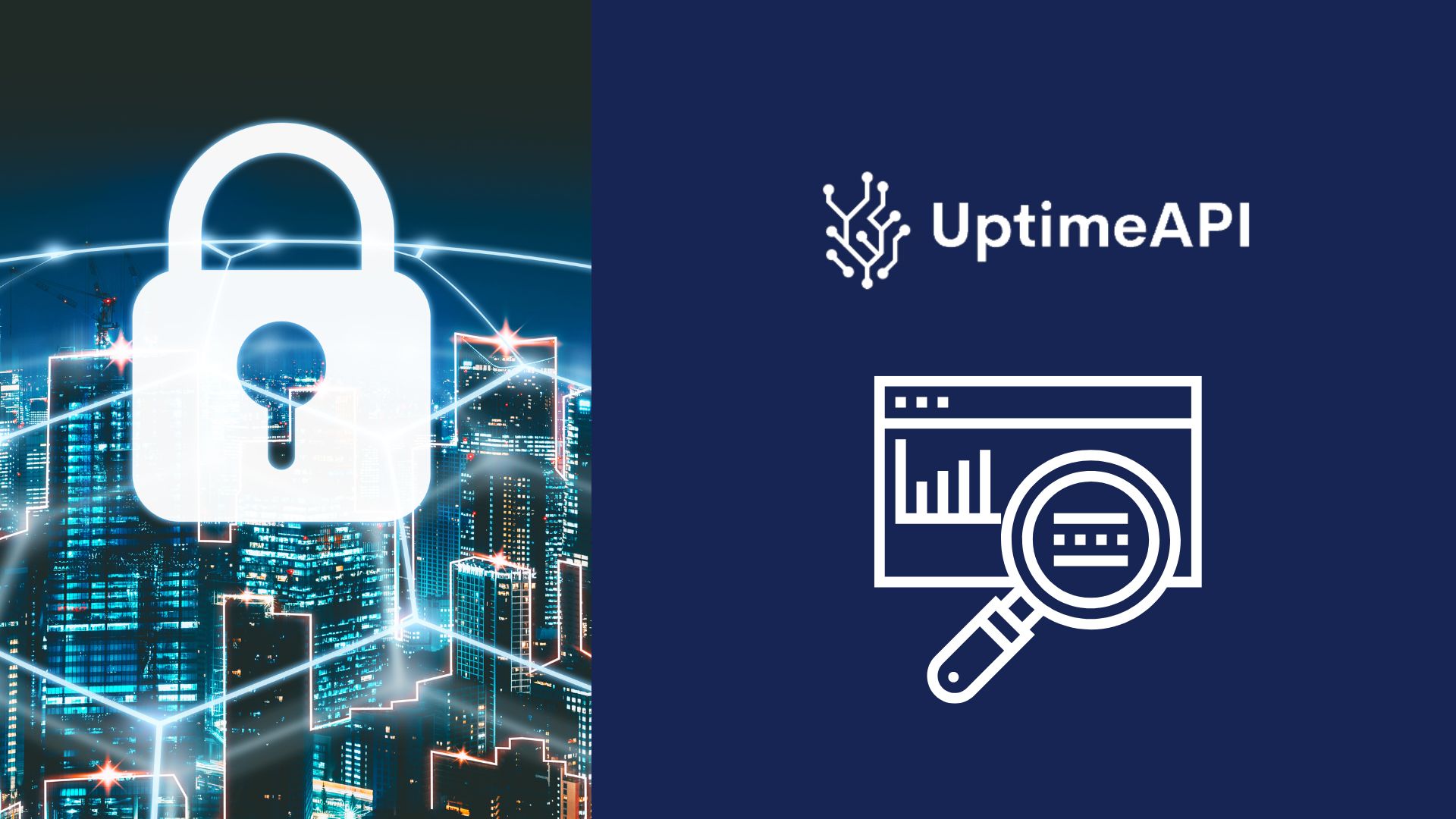Implement Real Time API Monitoring In Your Project

In the connected digital world of today, API monitoring is essential to guaranteeing the dependability and efficiency of applications. This in-depth manual delves into the subtleties of Real-Time API Monitoring, covering everything from its core ideas to useful implementation techniques.
What is Real-Time API Monitoring?
Real-Time API Monitoring involves the continuous observation and assessment of API performance and health. Unlike traditional monitoring methods that operate on scheduled intervals, real-time monitoring provides instantaneous insights into API status and behavior, enabling organizations to detect and respond to issues promptly.
The ability to monitor APIs in real-time is crucial for maintaining optimal application performance. It allows development and operations teams to proactively address performance bottlenecks, security vulnerabilities, and service disruptions before they impact end-users. Real-time insights facilitate rapid troubleshooting and enhanced user experience, thereby boosting customer satisfaction and loyalty.
Effective real-time API monitoring hinges on tracking key metrics that reflect API health and performance. Each metric provides critical insights into API behavior, helping teams to identify anomalies and optimize performance.
Choosing The Right Monitoring Tools
Application Programming Interfaces, or APIs, provide a conduit for real-time data exchange and communication between various software programs. The uptime, performance, and dependability of these APIs are critical since businesses are spending more and more on them to power their services and applications.
Selecting appropriate monitoring tools is critical for effective real-time API monitoring. Organizations must consider specific criteria to ensure the chosen tools align with their monitoring needs and infrastructure requirements. Handling monitoring data, setting precise monitoring metrics, and resolving frequent issues are all necessary to achieve efficient real-time API monitoring. Continuous API performance monitoring is ensured by smoothly integrating chosen monitoring tools into ongoing projects.
Uptime API
With Uptime API, you can monitor your APIs. It works by regularly confirming that your APIs are up and running and performing as expected. Setting up monitors is easy. To set up monitors, you need the target API endpoint URL and the ability to change the watch's timeout and interval parameters. While timeouts indicate how long an API will wait for a response, monitoring intervals show how frequently an API will perform health checks. You may customize monitoring to your needs and preferences with these settings.
You may create alerts and select which contacts should get notifications directly from your API dashboard. This way, you may then update your team. Thanks to its many changeable settings and monitor restrictions, you can choose the package that best meets your monitoring needs. It also provides historical data and analytics so you can track changes in API performance and availability over time. Get access to your logs so you can look into any issues with the API.
Analyze past trends in performance and base your decisions on the truth. Alerts are customizable to fit your requirements and avoid unnecessary interruptions. real-time monitoring of APIs with immediate data. Select webhooks, SMS, or email notifications, depending on which alert distribution method best suits your requirements.
